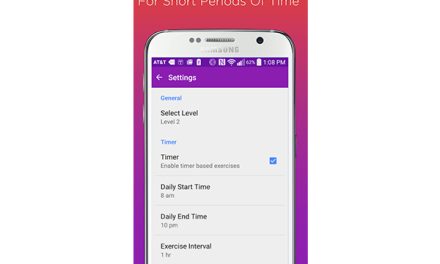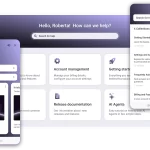Search Engine Optimization (SEO) is a quality set of methods and methodologies used to increase the visibility of your website on search engine result pages (SERPs). As a result, it brings organic traffic to your website, which is the significant difference between paid advertising.
Content Quality
Quality content tailored to your target audience increases site traffic, which boosts your site’s authority and relevance. Continually improve your web writing skills and illustrate yourself as an authority on the subject matter.
There have been content optimization tools available. You can use their assistance to create high-quality, semantically-rich content that ranks higher in Google. These reputed tools identify keywords, synonyms, subtopics, and even common questions search engine crawlers look for on the page when promoting content using similar NLP algorithms as Google.
The best SEO strategy is to create high-quality content. The results will come naturally if your relevant content is written for the user rather than the search engine.
Update Your Content
Regularly add new content with targeted keyword phrases. This is where blogging comes in, as it is an excellent way to improve your rankings. Blog posts can even be brief updates on the topics you’re interested in. When it helps the reader get a better picture or more information about a topic, interlink your related CMS web pages and respective blog posts.
Enhance the Speed of Your Website
Google has mentioned that the loading speed of your website can have a direct impact on page ranking. There seem to be tools available to assist you in determining your website’s speed and providing a quick benchmark of your valid site, such as:
- PageSpeed Insights from Google
- WebPageTest.org
- Pingdom
They provide you with a measurement score, explanations for that score based on how the page is performing in terms of loading, and a quick breakdown of which parts of the page should be adjusted. In brief, all these locations will point you in the right direction for resolving your issues and optimizing the speed of your website.
Metadata
On your pages, there are invisible meta tags that provide information. They are known as “metadata,” and while they are not visible on the page, they can be wholly read by search engines and web crawlers, making them an essential part of SEO.
Google uses the metadata gathered from meta tags to understand web pages better. They can use this data to rank pages, display snippets in search results, and sometimes ignore Meta tags.
Since Meta tags are used in the head> section of an HTML document, they must be coded in your Content Management System (CMS). Depending on the respective platform that powers your website, this can be easier or more difficult: an “out of the box” solution like familiar WordPress will have a proper dedicated section for Meta tags like canonical links or Meta descriptions. In brief, they help search engines determine what your content is actually about.
Search for Brand New Keywords
Using widely known but low-competition keywords is one way to get your page to the desired rank. However, this is easier than it sounds. So, how actually do you go about doing this process?
As you are aware, the majority of popular keywords are competitive simply because a large number of other websites are using them as well to rank.
You can try to think of new words that convey the same meaning. When you use contemporary terms, you automatically compete with fewer people and usually rise to the top of the results.
Final Words
With these quick tips and tricks, you’ll have a clean, engaging experience that will adeptly set you apart from your competitors in no time.






















